Jazz, as many people considered, was the world’s first pop. It was born in the first decades of the 20th century in the melting-pot city of New Orleans, when the bluesy Africa-derived field songs and polyrhythmic drumming of slaves working in the cotton fields in the American South was mixed with the sophisticated harmonies of European classical music. This new music from America travelled across the oceans on shellac records stashed in the cargo holds of steamships, with bands performing in their ballrooms. By 1917, Indian bands were beginning to play hot music – or at least something that closely resembled it. [caption id=“attachment_4267651” align=“alignnone” width=“825”]  Chris Perry and Lorna Cordeiro performing at Gaylord restaurant, Delhi 1966. Photo courtesy: Lorna Cordeiro, Serendipity Arts Festival[/caption] [caption id=“attachment_4267661” align=“alignnone” width=“825”] 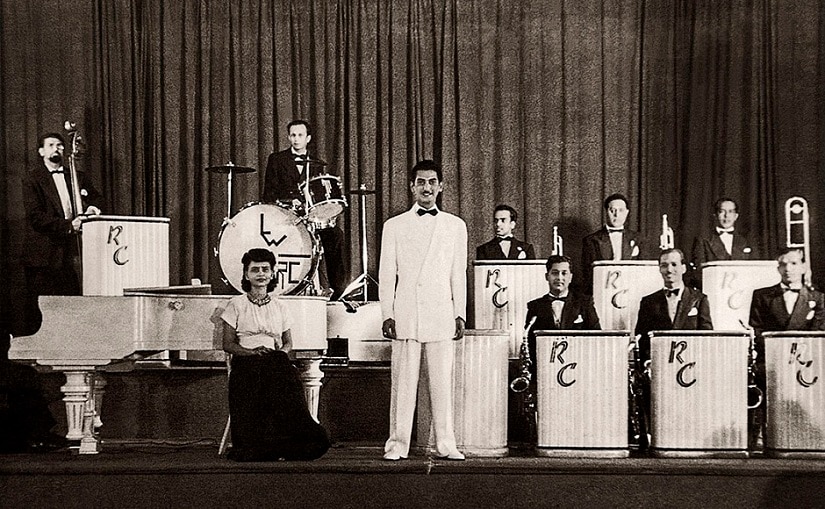 Rudy Cotton at the Savoy. Mussoorie, mid-1940s. Born Cawasji Khatau, Rudy Cotton led bands across India from 1938 until shortly before his death in 1985. Photo courtesy: Frank Fernand Family, Serendipity Arts Festival[/caption] As it turns out, Goan musicians played a vital role in conjuring up that magic. As a community which was familiar with Western music, many Goans heard in jazz an echo of the songs of their souls. Goan musicians began to dominate the Indian jazz scene. Their vast talent soon attracted the attention of composers in the Hindi film industry. Goan musicians were hired as arrangers to notate tunes that merged influences from both East and West, and also formed the bulk of the orchestras that recorded these melodies. [caption id=“attachment_4267665” align=“alignnone” width=“825”]  Micky Correa with the Correas “Optimists” Band. Karachi, 1936. Photo courtesy: Cristine Correa, Serendipity Arts Festival[/caption] An exhibition curated by Prashant Panjiar for Serendipity Arts Festival, Goa, 2017 draws from the personal photograph albums of around a dozen families to recreate a vivid portrait of the significant Goan band leaders of India’s jazz age. The exhibition contains an add-on section presented by the Archive and Research Centre for Ethnomusicology which uses interactive computer screens to tell the larger story of jazz in India, with photographs from the famous Jazz Yatras and dozens of rare recordings by Indian musicians. It is based on research by Naresh Fernandes for his book Taj Mahal Foxtrot. View the complete photo gallery here: This exhibition reveals the contributions of Goan musicians to India's jazz heritage
An exhibition curated by Prashant Panjiar draws from the personal photograph albums of around a dozen families to recreate together a vivid portrait of the significant Goan band leaders of India’s jazz age
Advertisement
End of Article


)
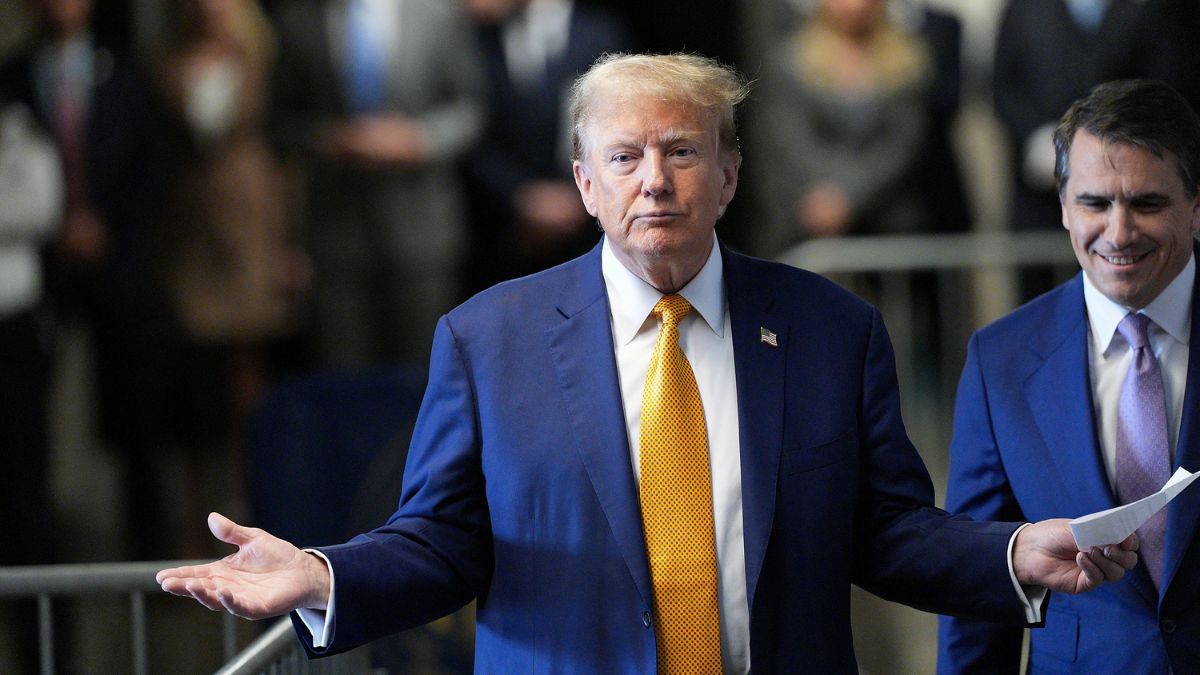)
)
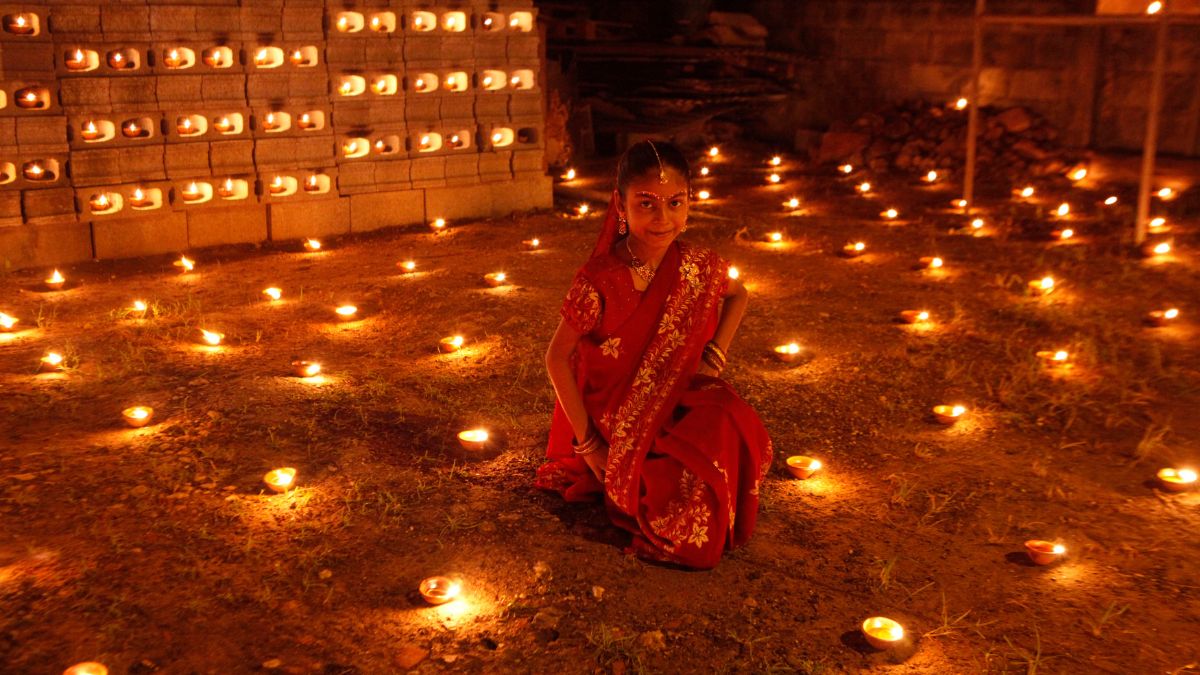)
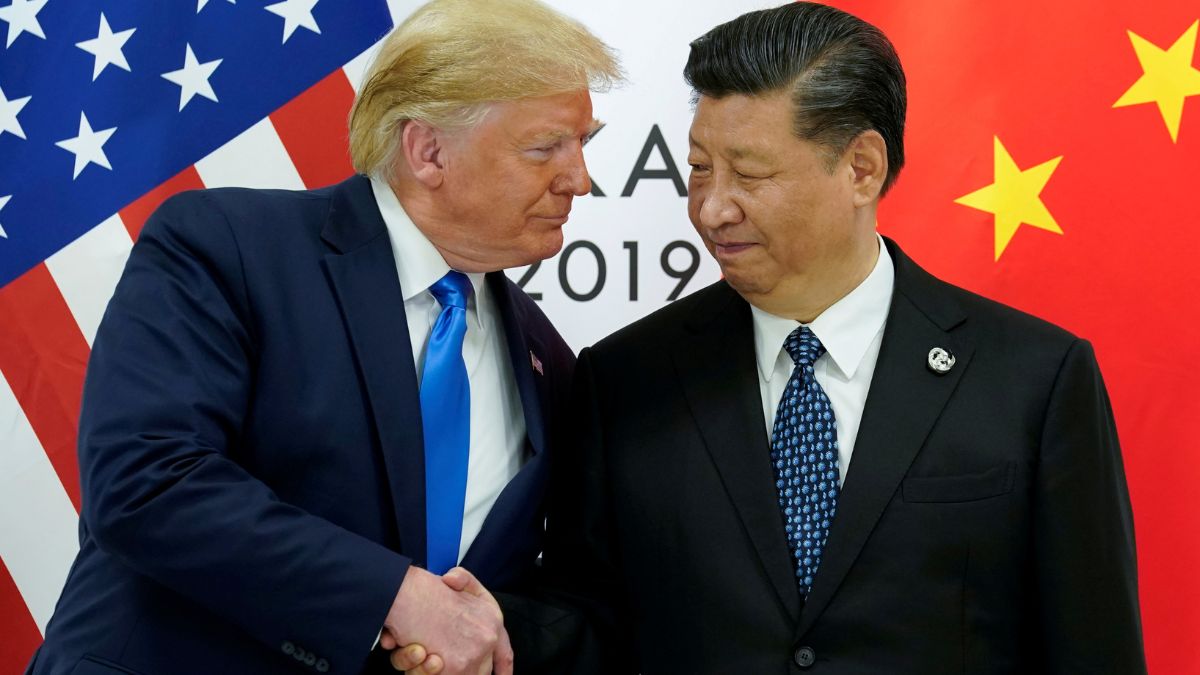)
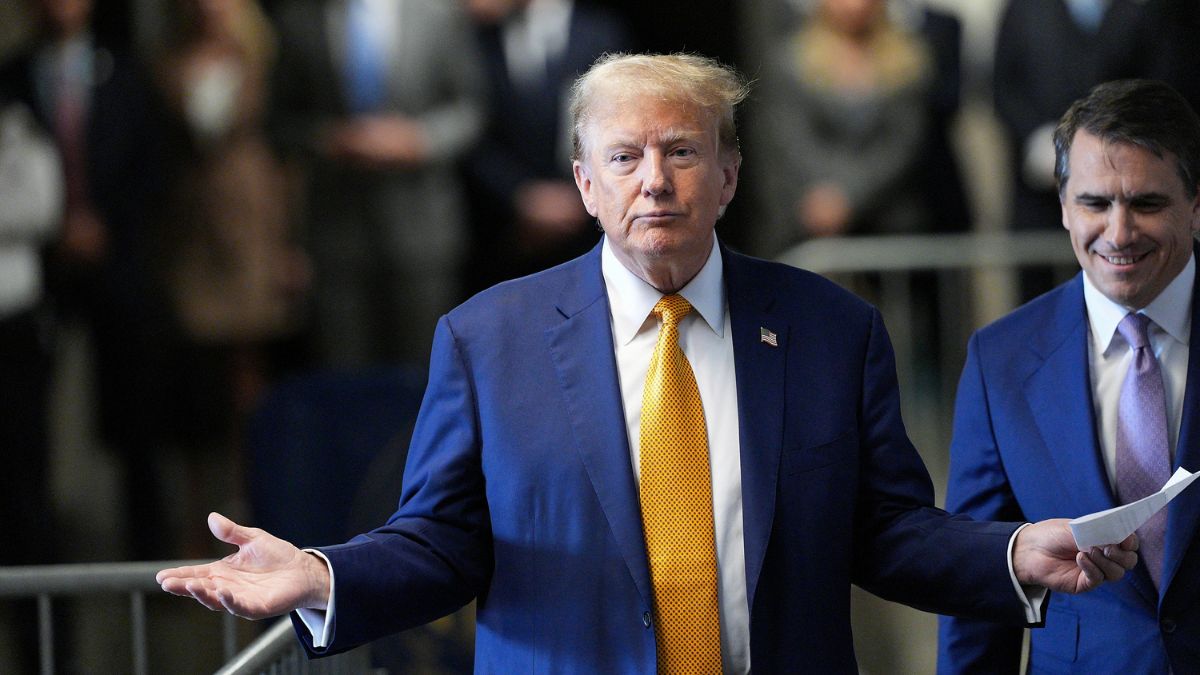)
)
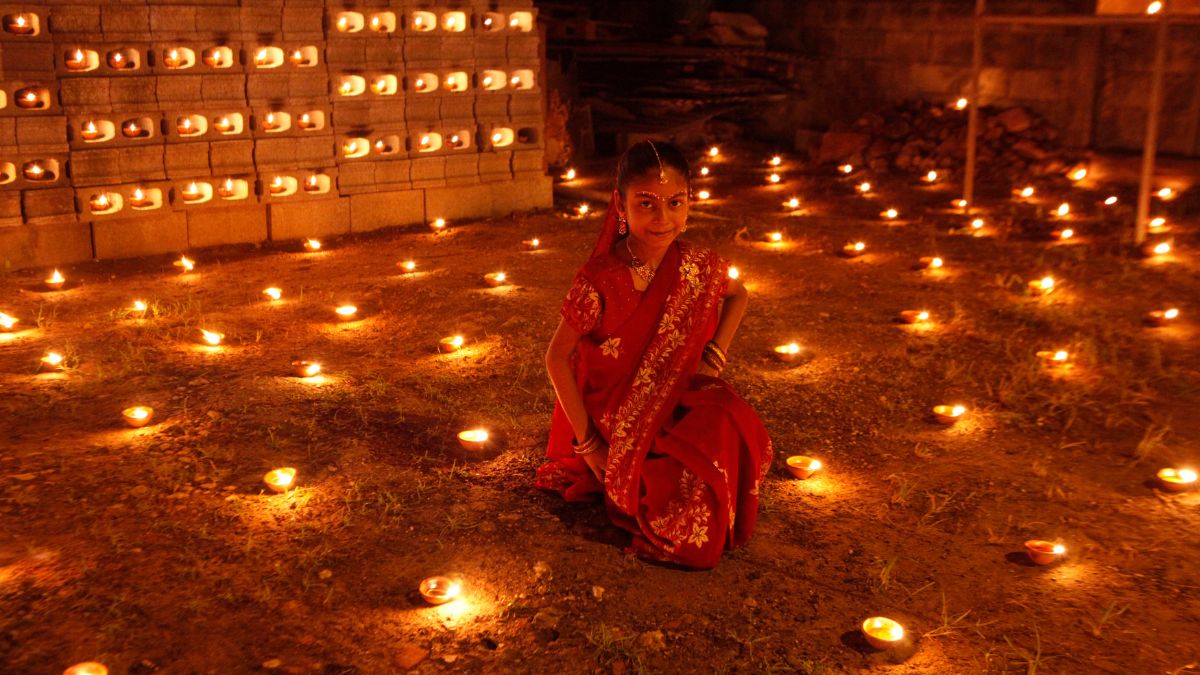)
)



